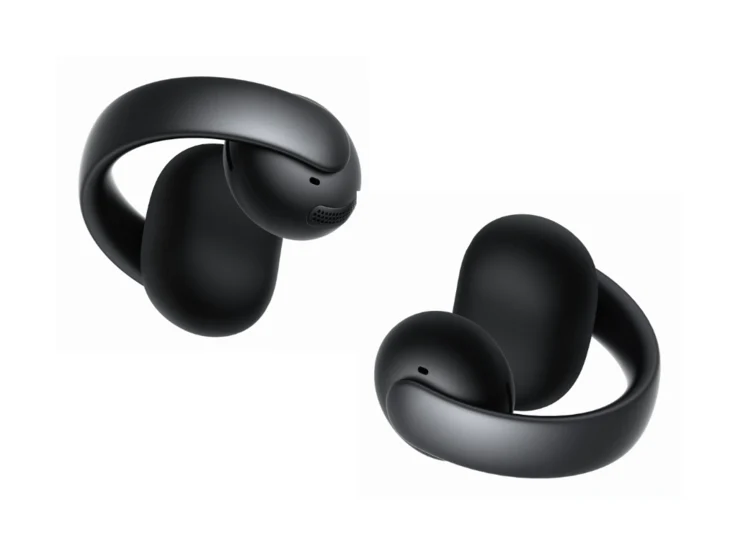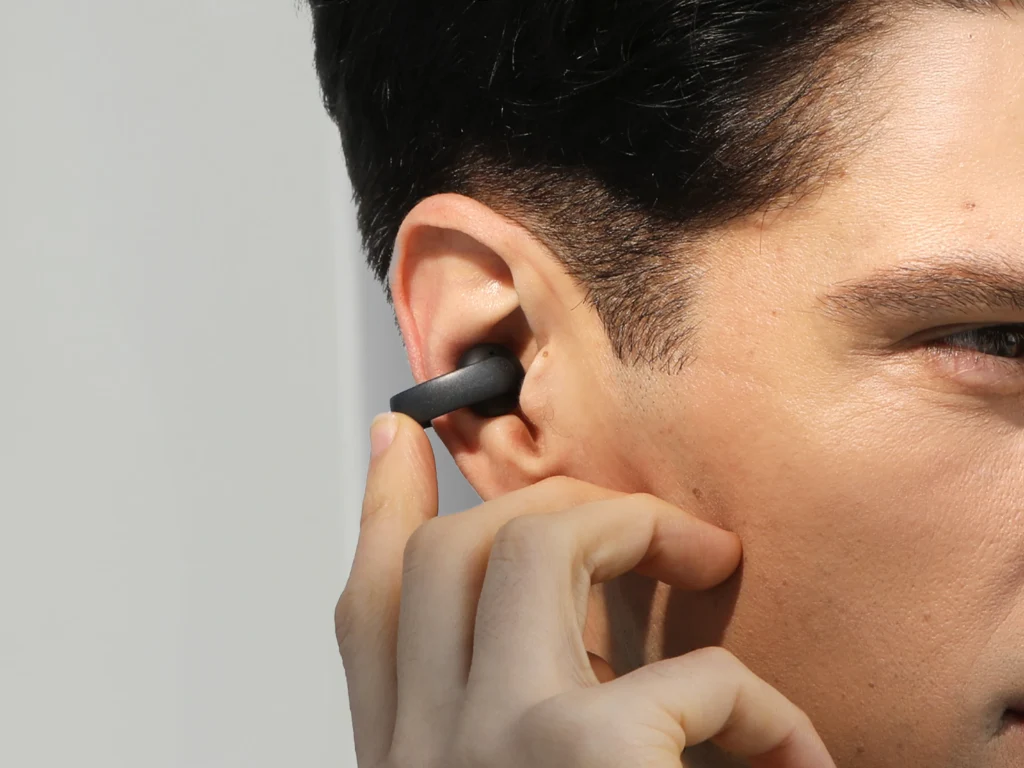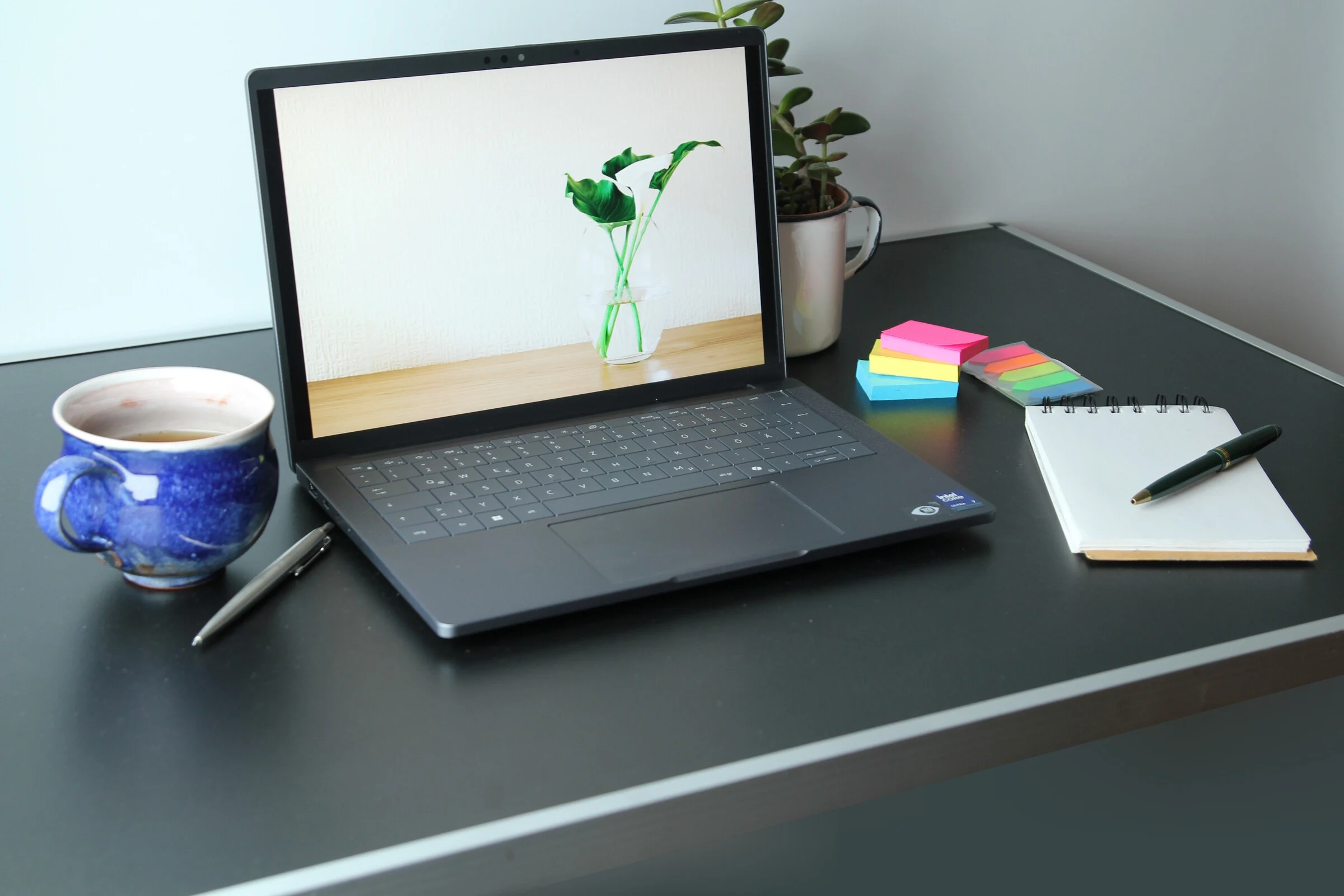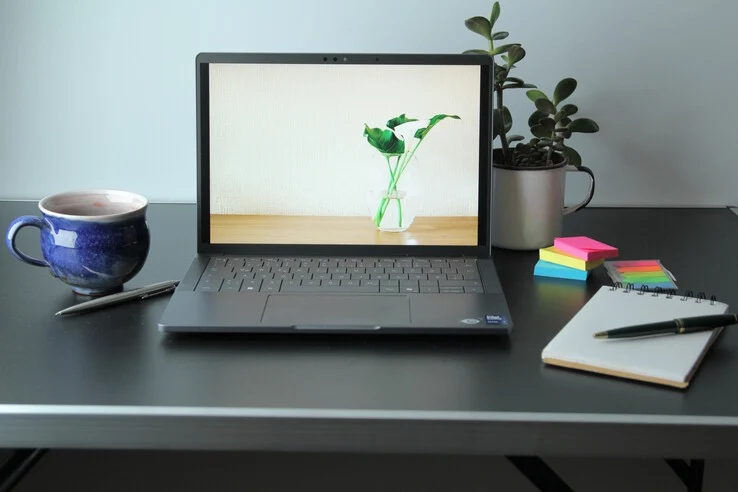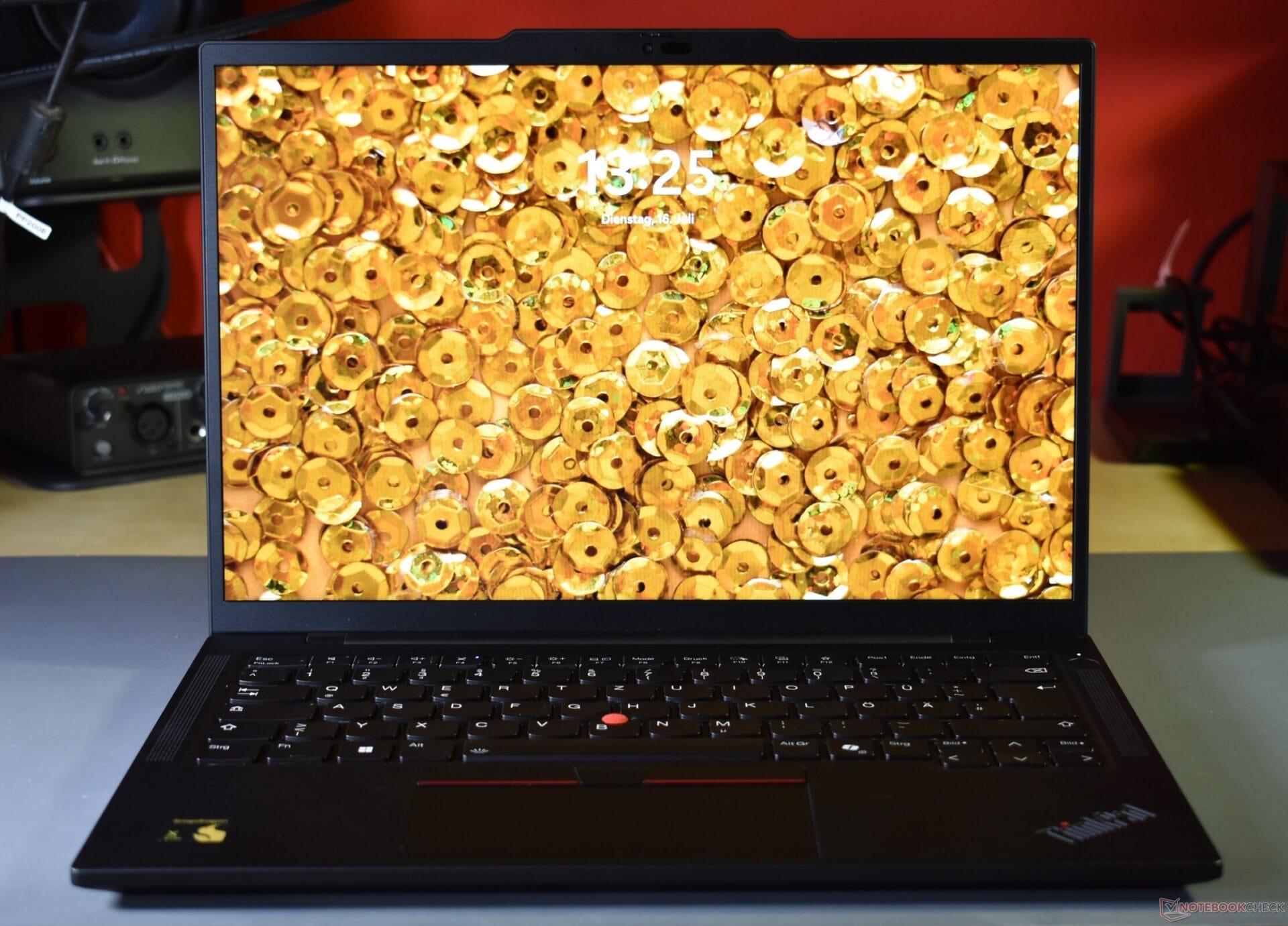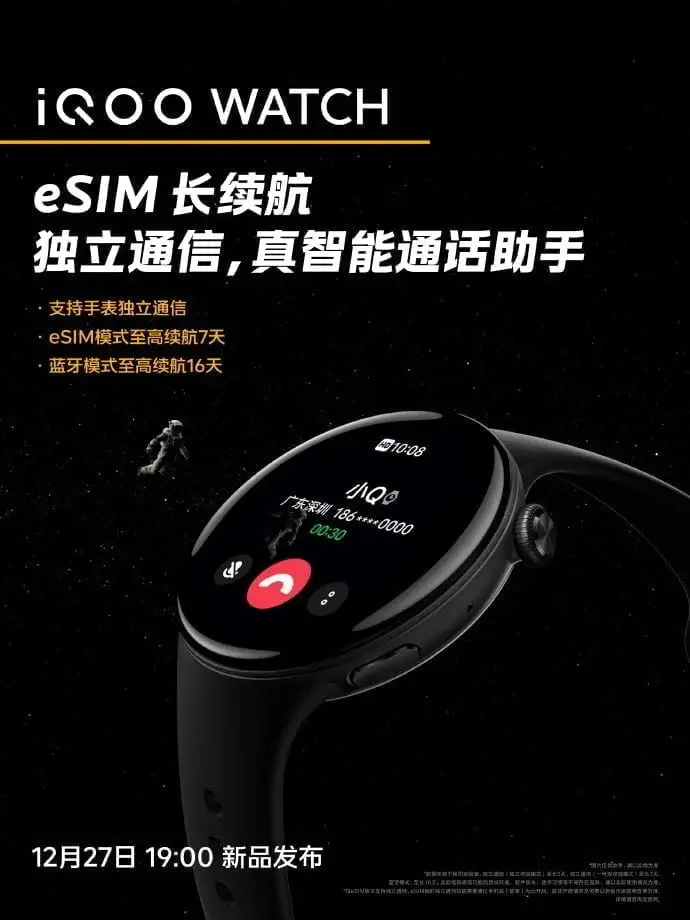Key Takeaways
1. Battery Life: Approximately 8 hours of use on a single charge, with the case extending total usage to 32 hours.
2. Sound Quality: Features 12mm drivers and LDAC support for compatible Android devices.
3. Microphone Features: Equipped with two microphones on each side for AI voice enhancement during calls.
4. Design and Control: No active noise cancellation due to the open design; control via touch gestures with various sized clips for a good fit.
5. Pricing and Availability: Priced at €129.99 in Europe and $129.99 in the US, available on Soundcore’s website, Amazon, and select MediaMarkt stores.
Battery life stands out in this range. You can expect around 8 hours of use on a single charge, with the case extending that to 32 hours. The headphones recharge using a USB-C port located on the case.
Sound Quality and Features
The audio experience is driven by 12mm drivers, and if you have a compatible Android device, LDAC support is included. The Soundcore AeroClip features two microphones on each side, equipped with AI voice enhancement mainly for phone calls. While there’s no active noise cancellation (ANC), this is typical for an open design like these. You can control them with touch gestures right on the clip. Additionally, the package includes various sized clips to ensure a good fit.
Availability and Pricing
The AeroClip will come in Midnight, Champagne Mist, and Rosy Brown color options, with a price tag of €129.99. You can buy them through Soundcore’s official website, on Amazon, and at select MediaMarkt stores throughout Europe. In the US, they are already available for $129.99 on Amazon.
